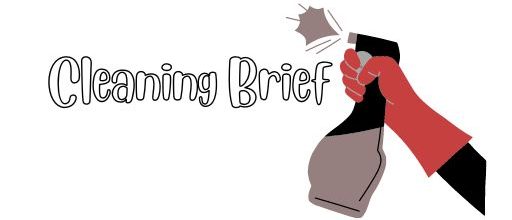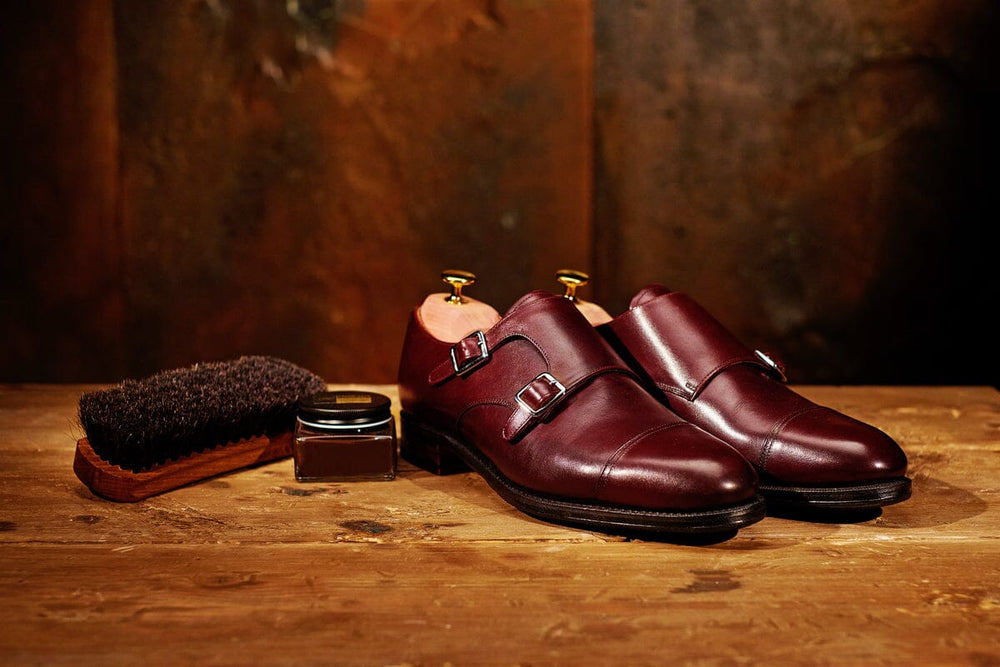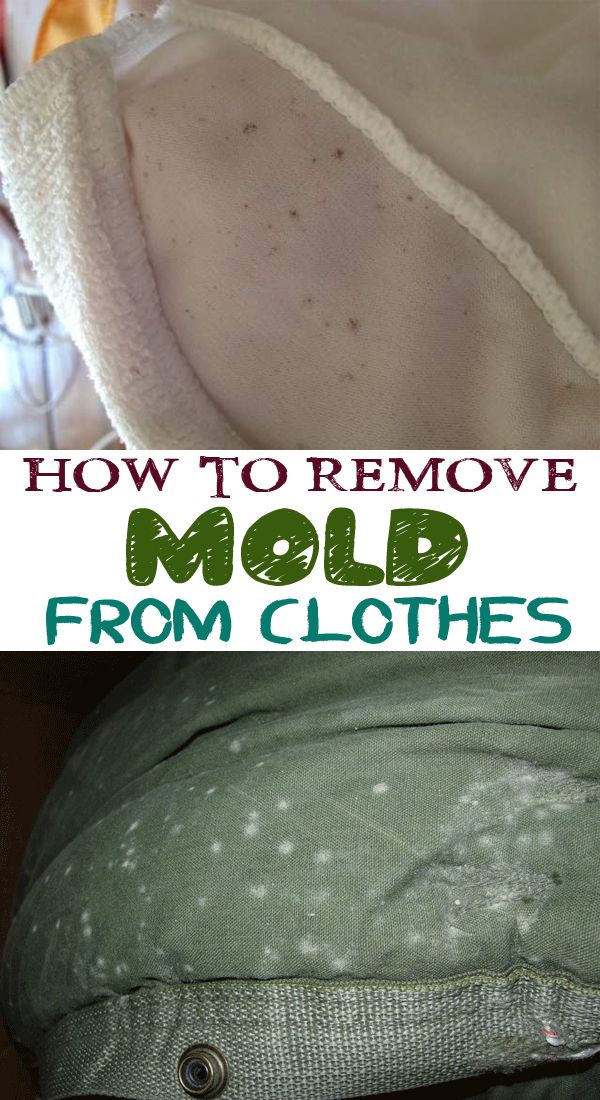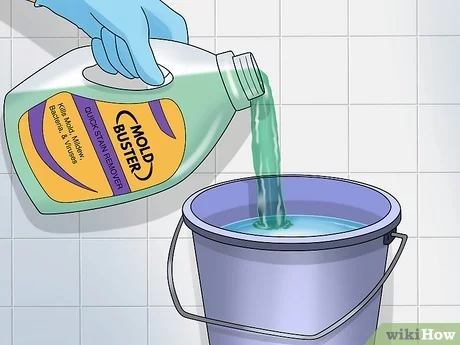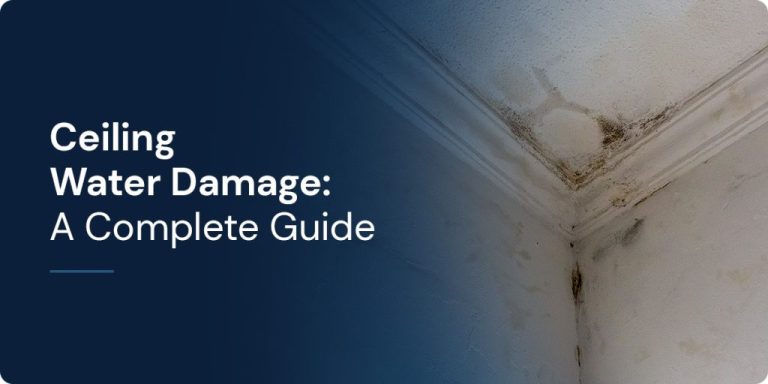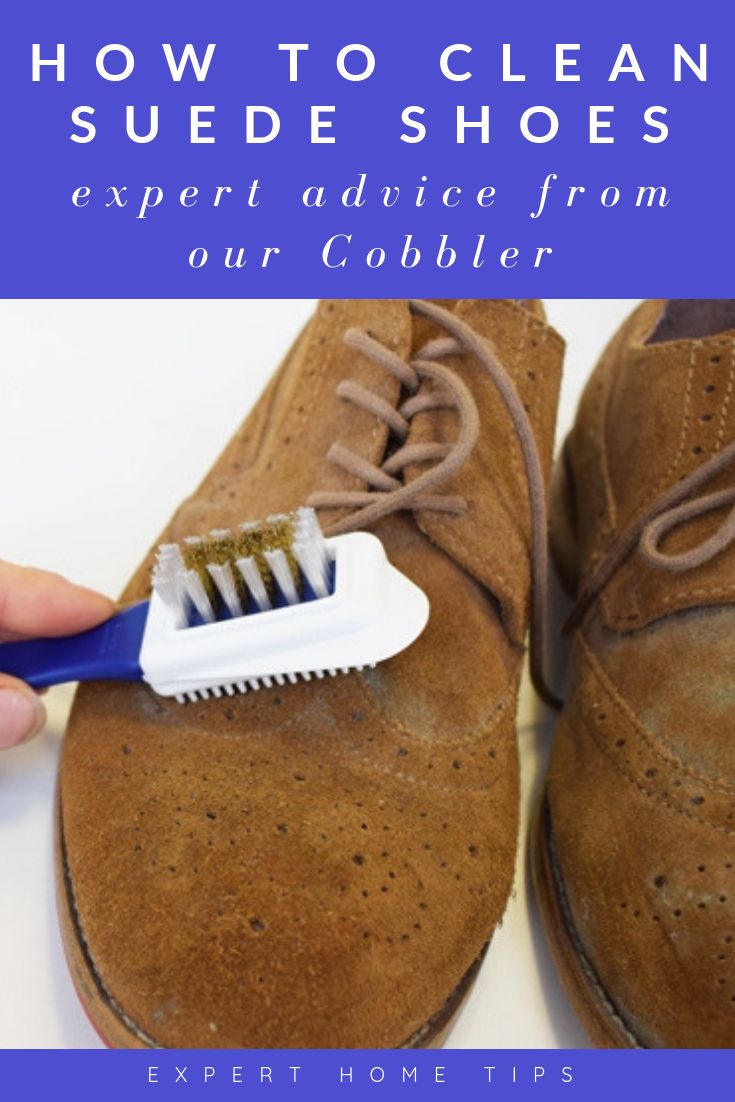How to Safely Remove Mold from Leather Furniture: A Step-by-Step Guide
To clean mold off of leather furniture, mix vinegar and water in equal parts, then apply the solution with a soft cloth. Gently scrub the affected area and blot dry with another cloth.
Leather furniture adds elegance and sophistication to any space, but it can be susceptible to mold growth if not properly maintained. Mold thrives in damp and humid environments, making it common for leather furniture to develop mold in areas with poor ventilation.
Fortunately, you can tackle this issue with a simple homemade solution and a little bit of elbow grease. We will discuss an effective method for cleaning mold off of leather furniture that is easy to implement and provides satisfactory results. By following these steps, you can restore your leather furniture to its pristine condition and ensure a healthy and mold-free environment in your home.

Credit: www.vandykes.com
Understanding Mold On Leather Furniture
Mold on leather furniture can be a hassle to clean, but using a mixture of mild soap and water should do the trick. Gently scrub the affected areas with a soft cloth and allow the furniture to air dry. Avoid using harsh chemicals that could damage the leather.
Regularly inspect and clean your leather furniture to keep mold at bay.
Dealing with mold on leather furniture can be an unsettling experience. Mold not only affects the appearance of your prized possessions, but it can also pose health risks if not properly addressed. In this section, we will explore how to identify the presence of mold on leather furniture and understand the potential risks it presents. By gaining a better understanding of mold and its impact, you will be well-equipped to take the necessary steps to clean and protect your leather furniture.
Identifying The Presence Of Mold
Spotting mold on your leather furniture may not always be easy, as it can hide in crevices and underneath cushions. However, there are telltale signs that can help you identify its presence:
- Visible black or green patches on the leather surface
- A musty or unpleasant odor emanating from the furniture
- Discoloration or fading of the leather
If you notice any of these signs, it is crucial to take immediate action to prevent the mold from spreading and causing further damage.
Understanding The Risks Of Mold On Leather
Mold growth on leather furniture can present various risks, including:
- Allergies and respiratory issues: Mold spores can trigger allergic reactions and respiratory problems, particularly in individuals with respiratory conditions or weakened immune systems.
- Structural damage: Mold can deteriorate the leather, leading to cracks, tears, and weakening of the material. This can significantly reduce the lifespan and durability of your furniture.
- Spread of mold: If left untreated, mold can spread to other areas of your home, affecting not only your furniture but also the indoor air quality.
- Unpleasant odor: Mold growth often comes with an unpleasant, musty odor that can permeate your living space.
Given these risks, it is essential to address mold on your leather furniture promptly and effectively, ensuring the health and longevity of your investment.
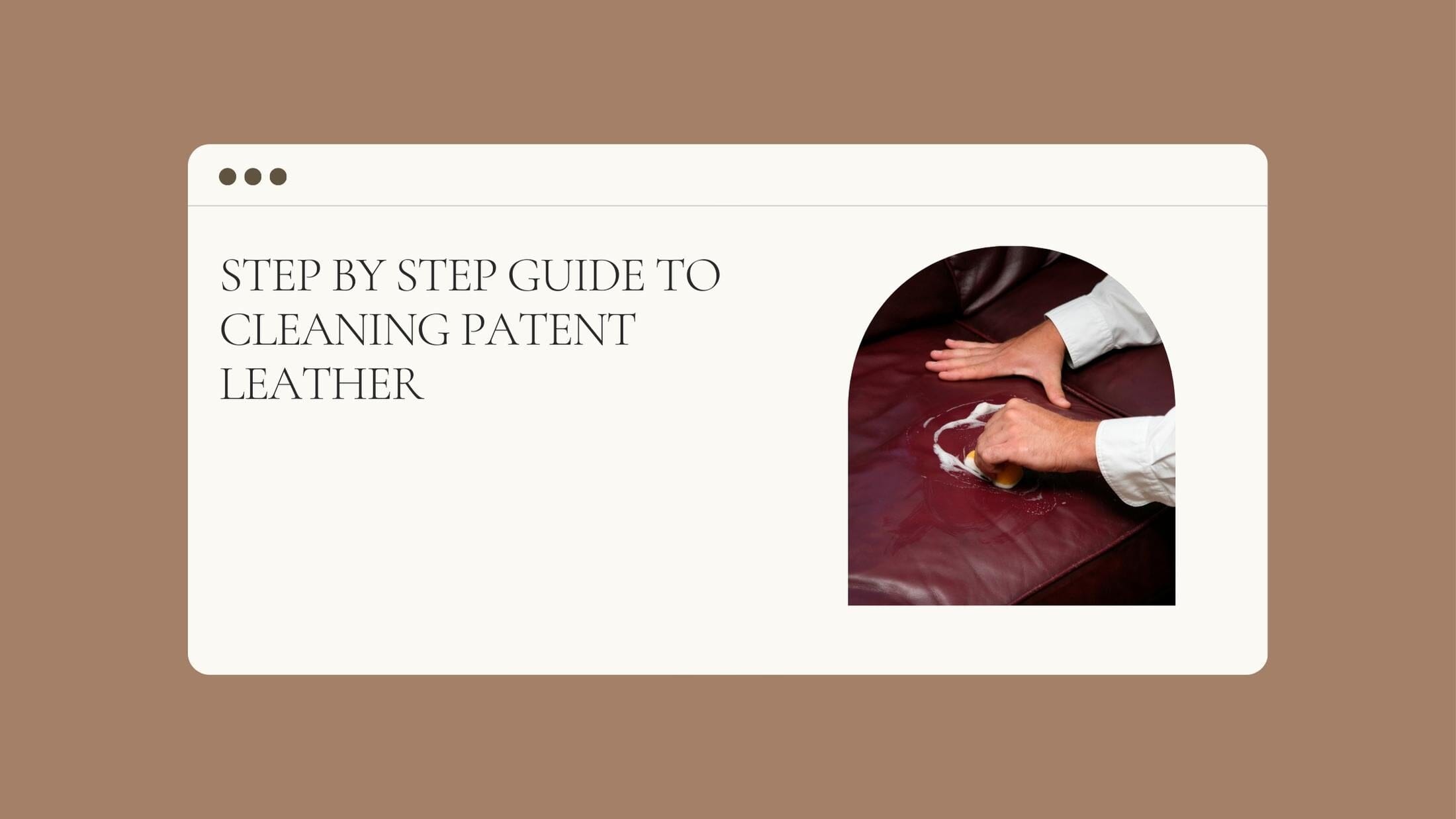
Credit: www.vintageleather.com.au
Preparing For Mold Removal
Mold on leather furniture can not only damage the material but also pose health risks. Before you begin the mold removal process, it’s important to be prepared in order to tackle the job effectively and safely. This requires gathering necessary supplies and taking precautions to protect yourself and the surrounding area. By following these steps, you’ll be ready to eliminate mold from your leather furniture and restore it to its former glory. Let’s dive in!
Gathering Necessary Supplies
To successfully remove mold from your leather furniture, it’s essential to have the right tools and products at your disposal. Here’s a list of supplies you’ll need:
| Supplies |
|---|
| Bristle brush |
| Vacuum cleaner with upholstery attachment |
| White vinegar |
| Distilled water |
| Soft microfiber cloths |
| Mild soap or leather cleaner |
| Hydrogen peroxide |
| Protective gloves |
Protecting Yourself And The Surrounding Area
Mold remediation requires caution to minimize exposure to harmful mold spores. Here are some steps to protect yourself and the surrounding area:
- Put on protective gloves and a facemask to avoid direct contact with mold and prevent inhalation of spores.
- Open windows and doors to ensure good ventilation during the mold removal process. This helps to reduce the concentration of spores in the air.
- Cover nearby furniture, floors, and other items with plastic sheeting or drop cloths to prevent cross-contamination.
- Isolate the affected leather furniture by placing it in a well-ventilated area away from other furnishings.
- Keep pets and children away from the cleaning area to prevent accidental exposure to mold or cleaning products.
Now that you are equipped with necessary supplies and have taken the required precautions, you are ready to start removing mold from your leather furniture. In the next section, we will guide you through the step-by-step process of cleaning mold off of leather furniture.
Step-by-step Mold Removal Process
Mold growth on leather furniture can be distressing, but with the right approach, it can be effectively cleaned and prevented from recurring. Follow this step-by-step mold removal process to restore your leather furniture to its original state and prevent future mold growth.
Testing Cleaning Solutions On A Small Area
Before applying any cleaning solution to the entire affected area, it’s crucial to test it on a small, inconspicuous area of the leather to ensure that the solution doesn’t cause any damage or discoloration.
Using Gentle Cleaning Techniques
Begin the cleaning process by using a gentle, pH-neutral leather cleaner. Apply the cleaner to a clean, soft cloth and gently wipe the affected area in a circular motion. Do not scrub vigorously, as this can damage the leather.
- Soft cloth
- pH-neutral leather cleaner
- Gentle circular motion
Drying And Conditioning The Leather
After cleaning the mold from the leather, ensure that the furniture is thoroughly dried. Use a dry, clean cloth to wipe away any excess moisture, then apply a leather conditioner to restore moisture and prevent the leather from drying out and cracking.
- Dry, clean cloth
- Leather conditioner
Dealing With Stubborn Mold Stains
Remove stubborn mold stains from leather furniture using a mixture of equal parts white vinegar and water. Apply the solution with a soft cloth, gently scrubbing the affected area. Wipe clean and repeat until the mold is completely gone. Afterwards, use a leather conditioner to restore moisture and prevent future mold growth.
Applying Specialized Mold Removal Products
If you’re dealing with stubborn mold stains on your leather furniture, it may be necessary to use specialized mold removal products to effectively eliminate the problem. These products are specifically designed to break down and remove mold spores, leaving your leather furniture clean and mold-free. When selecting a mold removal product, choose one that is safe for use on leather and follows the manufacturer’s instructions carefully. Make sure to test it on a small, inconspicuous area of your leather furniture before applying it to the entire surface.Seeking Professional Help If Necessary
In some cases, dealing with stubborn mold stains on leather furniture may require the expertise of a professional. If you have tried various cleaning methods and mold removal products without success, or if the mold infestation is extensive, it may be time to seek professional help. Professional cleaners have the knowledge, experience, and specialized tools to effectively remove mold from leather furniture. They can assess the severity of the mold growth, determine the appropriate cleaning techniques, and restore your leather furniture to its original condition. Remember, addressing mold stains promptly and effectively is crucial to prevent further damage to your leather furniture and maintain a healthy living environment. Whether you choose to tackle the problem yourself using specialized mold removal products or seek professional assistance, the most important thing is to take action to eliminate the mold and protect both your furniture and your health.Preventing Future Mold Growth
Mold can be a persistent problem, especially in environments that are prone to high humidity. To prevent future mold growth on your leather furniture, it’s important to implement regular cleaning and maintenance practices as well as control the humidity in the environment.
Regular Cleaning And Maintenance
Keeping your leather furniture clean and well-maintained is essential for preventing the growth of mold. Here are a few steps you can follow:
- Vacuum Regularly: Regularly vacuum your leather furniture using a soft brush attachment to remove any dust, dirt, or loose particles that could create a breeding ground for mold.
- Wipe Down with a Damp Cloth: Use a damp cloth or sponge to wipe down your leather furniture at least once a month. This will help remove any sweat, body oils, or spills that could attract mold spores.
- Use Leather Conditioner: Apply a leather conditioner every 6 to 12 months to keep the leather supple and prevent it from cracking. This will also create an additional layer of protection against mold.
Controlling Humidity In The Environment
Humidity is one of the main factors that contribute to mold growth. By controlling the humidity levels in your environment, you can effectively prevent mold from developing on your leather furniture. Here’s how:
- Use a Dehumidifier: If you live in an area with high humidity, consider investing in a dehumidifier to help reduce excessive moisture in the air.
- Keep the Room Well-Ventilated: Proper air circulation can help regulate humidity levels. Open windows, use fans, or utilize an air purifier to improve airflow in the room.
- Avoid Placing Furniture in Damp Areas: Avoid placing your leather furniture in areas of your home that are prone to excess moisture, such as basements or bathrooms.
By following these preventive measures regularly, you can keep your leather furniture mold-free and prolong its lifespan, ensuring that it remains a beautiful and comfortable addition to your living space.
:max_bytes(150000):strip_icc()/outdoor-furniture-care-guide-0822-2000-3eeecc3f6a134d40bc7971ea5c6b5381.jpg)
Credit: www.marthastewart.com
Frequently Asked Questions For How To Clean Mold Off Of Leather Furniture
How Do I Remove Mold From Leather Furniture?
To remove mold from leather furniture, start by vacuuming any loose mold spores. Mix equal parts rubbing alcohol and water, then lightly sponge the moldy area. Wipe it dry with a clean cloth and use a leather conditioner to restore the furniture’s shine.
Can Vinegar Remove Mold From Leather Furniture?
Yes, vinegar can be effective in removing mold from leather furniture. Mix equal parts white vinegar and water, then dip a clean cloth in the mixture and gently scrub the moldy area. Wipe it dry with another cloth and apply leather conditioner to prevent any damage or discoloration.
Is It Possible To Prevent Mold Growth On Leather Furniture?
Yes, you can prevent mold growth on leather furniture by keeping it dry and well-ventilated. Avoid placing the furniture in damp areas and directly exposing it to sunlight. Regularly clean and condition the leather to maintain its natural oils and moisture balance, which will help prevent mold growth.
Conclusion
Cleaning mold off of leather furniture can be a simple task with the right tools and techniques. By following the steps outlined, you can effectively remove mold and prevent it from returning. Regular cleaning and maintenance are key to preserving the quality and appearance of your leather furniture.
Keep your furniture mold-free to ensure its longevity and beauty.
